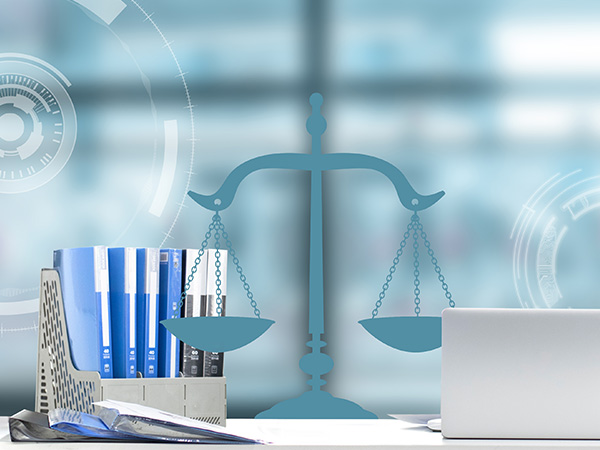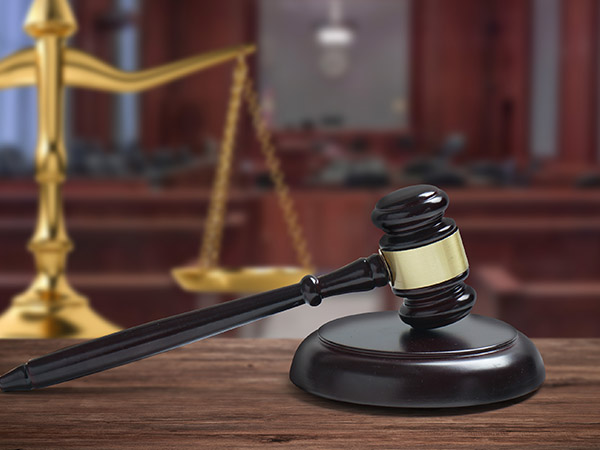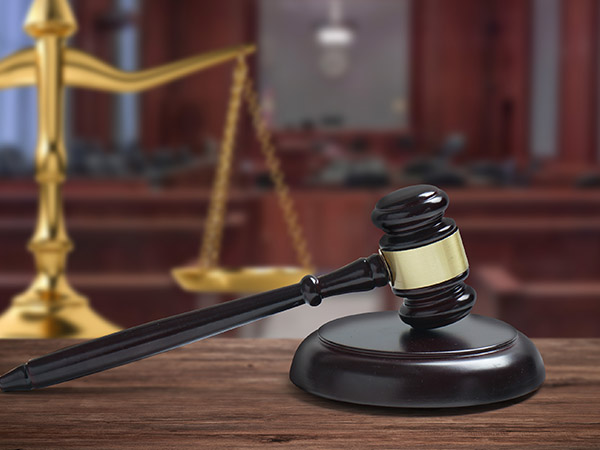Zhu Li: Civil Procedure of Patent Litigation with the Dual Aims of Fairness and Efficiency
All litigations including patent litigations in all countries should achieve the dual aims of fairness and efficiency. In the process of achieving these goals, we will find that there are sometimes not many contradictions between fairness and efficiency, but sometimes we may face some. The complexity of patent technologies makes the determination of facts a more time-consuming process. How can patent proceedings be “fast and good”? How can we improve competitiveness and attractiveness of China's patent litigation system? In the current situation, there are three phenomena worthy of our consideration.
First, stage control, as Professor Cui Guobin already mentioned above. Take Ford as an example. It created a modern management system, which divided each production line into different stages. Each stage has highly standardized operating procedures to check every part and leave qualified ones to the next stage.
Second, mandatory evidence discovery.
Third, instant judgment of disputing issues. With the continuous discovery of the parties’ evidence, some of the litigation issues may meet the requirements of judgment in some cases. Under such a circumstance, an immediate judgment can be given to conclude the case in time.
These are three trends of various countries to reform their patent litigation systems. Here's how the other countries are reforming.
Civil Procedure of Patent Litigation with the Dual Aims of Fairness and Efficiency (I)
Civil Procedure of Patent Litigation with the Dual Aims of Fairness and Efficiency (II)











